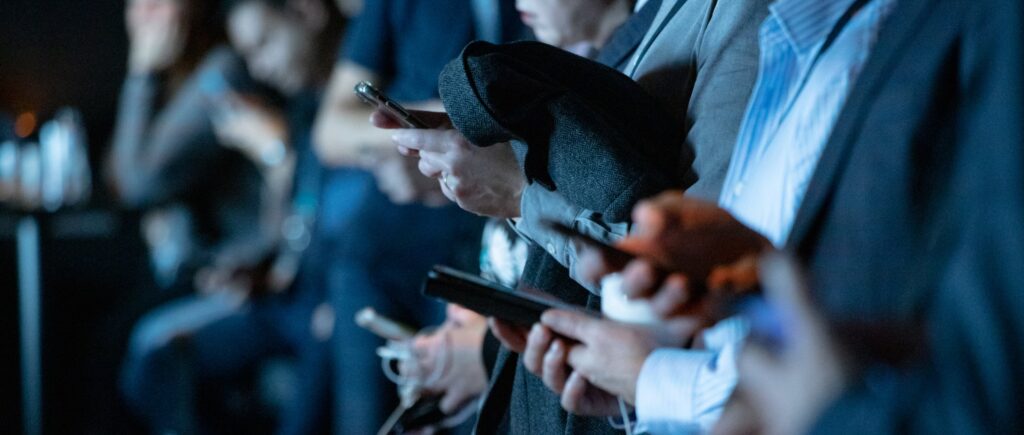In today’s digital age, where social media has become an integral part of our lives, it’s essential to understand the intricate ways in which these platforms impact our brain chemistry, especially your dopamine levels. The blend of euphoria and unease we experience while engaging with social media is not merely coincidental, it’s a result of the deliberate manipulation of our brain’s reward systems.
The Key Player in the Game
At the heart of this complex interplay lies dopamine, often referred to as the brain’s “feel-good” neurotransmitter. It’s the chemical that motivates us to seek pleasure and repeat pleasurable activities. From savoring delicious food to having fulfilling social interactions, dopamine makes us chase experiences that trigger its release.
Social media platforms have tapped into this ancient neurological system. Every notification, like, or positive comment acts as a reward, releasing a surge of dopamine in our brain. This is akin to the anticipation and rush we feel while waiting for a slot machine to reveal our winnings. The release of dopamine reinforces our behavior, making us crave these rewards even more.
Consider the scenario of posting a photo on social media. The anticipation of likes and comments triggers dopamine release in the brain’s reward pathways, creating a sense of excitement. This response isn’t vastly different from the thrill gamblers experience as they pull the lever of a slot machine, hoping for a jackpot. Each positive interaction reinforces this neural connection, reinforcing the desire for more engagement.
Dopamine, Addiction and he Role of Technology in Amplifying the Effect
As social media becomes an increasingly integral part of our lives, our brains adjust to the constant dopamine influx. However, this creates a paradox. The more we engage, the more our brains adapt, leading to a decrease in dopamine sensitivity. This phenomenon results in the need for even more engagement to achieve the same level of pleasure. Over time, this cycle can mimic the patterns seen in addiction.
This addiction isn’t limited to substances; behavioral addictions, such as excessive social media use, follow similar neurological pathways. Just as a drug addicted person experiences withdrawal without their substance, a heavy social media user may feel anxiety and unease when disconnected from their online world. This is a consequence of the dopamine deficit state—a period of lower dopamine levels when we’re not engaging with the platform.
Modern technology plays a pivotal role in exacerbating this situation. The constant availability of smartphones and the ease of access to social media platforms provide an unending stream of dopamine-inducing stimuli. With a single swipe, we’re presented with a cascade of rewards, feeding the brain’s craving for dopamine. The variable reward schedules used in many apps, similar to those seen in gambling, further amplify this effect.
Navigating the Digital Maze
So, how can we regain control over our digital lives? The answer lies in mindful usage and understanding our brain’s vulnerabilities. Taking periodic breaks from social media can help reset our brain’s reward pathways, reducing the dopamine deficit state. Setting boundaries, such as limiting screen time and disabling notifications, can also curb the constant dopamine-driven cycle.
Moreover, embracing activities that challenge us and provide genuine, lasting rewards can counterbalance the superficial dopamine rushes. Engaging in physical activities, face-to-face conversations, and creative pursuits can help us reconnect with the more profound joys of life.
In an era where our relationship with technology is constantly evolving, understanding its impact on our brain chemistry is crucial. By recognizing the ways in which social media exploits our brain’s reward systems, we can make informed decisions about our digital engagement and prioritize our overall well-being in this dopamine-driven digital world.



